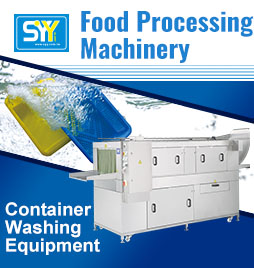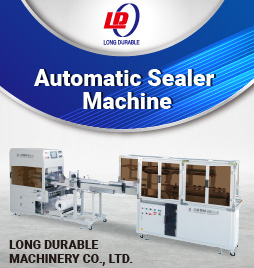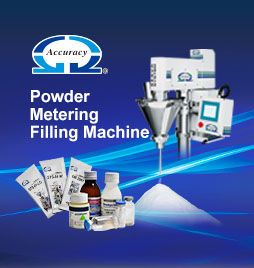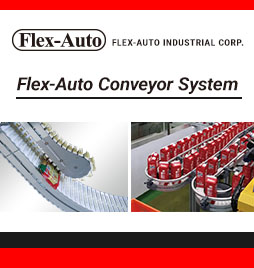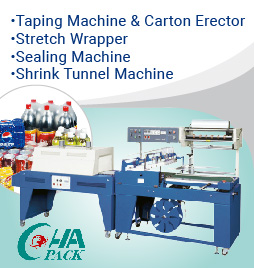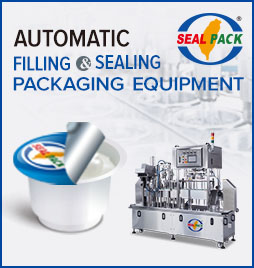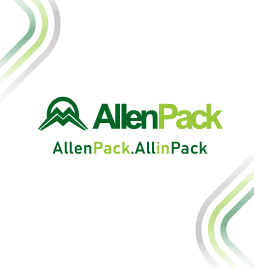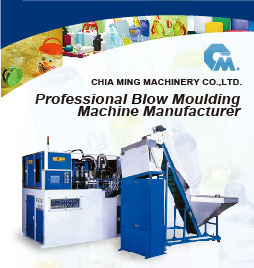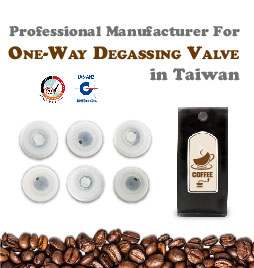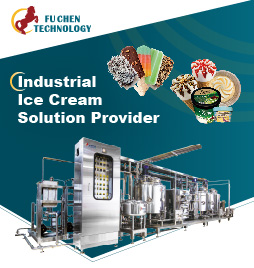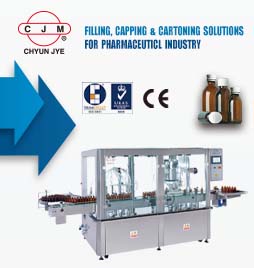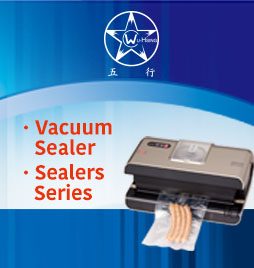ADHESIVES FOR LABELS: what comes and what needs to be known
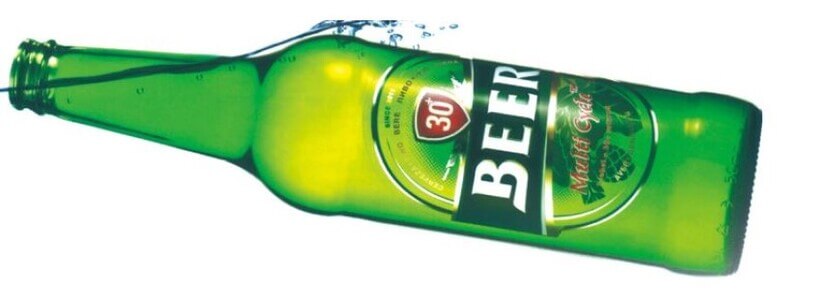
The label can be attractive and functional: while the liner can ensure a good dispensing, improve productivity and even ensure its reuse, but if the adhesive does not fulfill its function, the rest will not be of any value anymore. -Gabriela Cabrera
* Product Manager at Avery Dennison / linkedin.com/in/cabreragabriela
The new generations do not have the time to try something, and their lifestyles do not adapt to the products they find on the market. For the packaging industry this has been a great challenge, and as a result of the changes in consumption habits, packaging is being developed that can capture in small packages that manage to capture the attention of the consumer within a short time (3 seconds).
Currently, many of the containers have been developed for individual portions, and this is a trend that has been maintained. The label market has several battlefields where companies have to fine-tune their production in order to offer quality materials. In many segments of this market, the front is an important point, which has a good texture, which is functional or attractive is key to differentiation. The liner is another valuable addition, from its conversion and dispensing to its thickness, which are factors to be taken into account when choosing it. But the key factor in the construction of a label, the adhesive.
--Adhesive for wines--
The market for wines and sparkling wines is one of the most demanding in the region. Therefore, the challenges when choosing a self-adhesive label are high. A decisive point is the adhesive, since it must withstand cold or wet conditions, maintaining the label throughout the production process and consumption. The best solution that is used today on the market is a water-based adhesive with very good resistance to water, low temperatures, and which allows in the first minutes after the labeling process an easy removal so as to correct, especially in manual labeling.
The key of this adhesive is its high resistance to the test of "bucket with ice" or "test frappè." To know if the adhesive successfully passed this test, the label should not be peeled off and neither should any bubbles form on its surface after six hours in the bucket with water and ice. Neither should there be any migration or movement of the label on the bottle during the test. If the paper breaks and the adhesive remains in the bottle when trying to remove the label, it means that it retained the original properties of the adhesive. This is an indicator of a robust and resistant adhesive with safe properties for end users.
--Resealable adhesive--
Food and personal care products always have the great challenge of maintaining the conditions of the product throughout its useful life. Packaging should protect from moisture, air, dust and other external agents from compromising the durability of contained products.
One of the solutions is the resealable adhesive, which is specifically designed for this market and is suitable for a wide variety of food applications and wet ends. It provides a clean and delicate detachment and adapts to a wide range of flexible packaging.
This adhesive has a good resistance to humidity and solvents, enables multiple openings/closures (up to 60 times), a clean removal of PET and PP substrates, while a few options are authorized by BIR XIV for use in dry, fatty and non-fatty foods. This allows to keep the product to always be preserved during its use.
--Multi-cyclic adhesives--
The multi-cyclic adhesive is an innovation for self-adhesive labeling for returnable bottles, which offers greater profitability and sustainability.
It is a self-adhesive solution, which is resistant to all pressures to which a returnable container is exposed during its life cycle. It also combines the durability of ceramic application labeling (ACL) with the appearance, design and high-quality performance of self-adhesive technology. In relation to the design, designers will have the freedom and facility to create surprising and attractive labels.
It consists of a much more profitable labeling because it lasts the whole life of the bottle (which means a lower waste disbursement), offers options of labeling without connection and even without shifting out of place, and does not require an extra investment of capital.
Since labels have the same durability as bottles, they provide important environmental benefits, such as permanent waste reduction, ink consumption, transport movements and reduction of energy consumption.
--Wash-off system--
Wash-Off allows brand owners to reduce the environmental impact of their products by maximizing the recycling opportunities. Thanks to an innovative structure of two plastic layers and a unique adhesive range, the labels are easily separated from the glass in hot water baths and leave the bottle clean for the recycling process. The labels—which are suitable for glass or PET bottles—and which peel off during washing are a simple and immediate alternative for any existing product based on wet glue.
Developed to decorate returnable beer bottles with a "no label look," these labels enhance the brand image and can take complex shapes. They can be used to label the body and/or neck of clear and dark containers, as well as glass water bottles and large containers (gallons) of juices or shakes in recyclable PET bottles.

